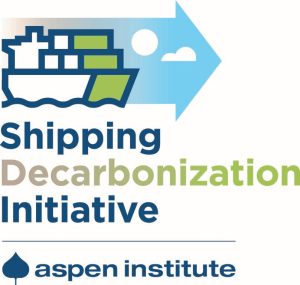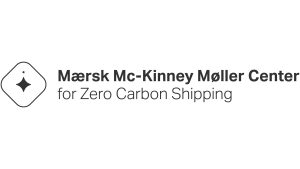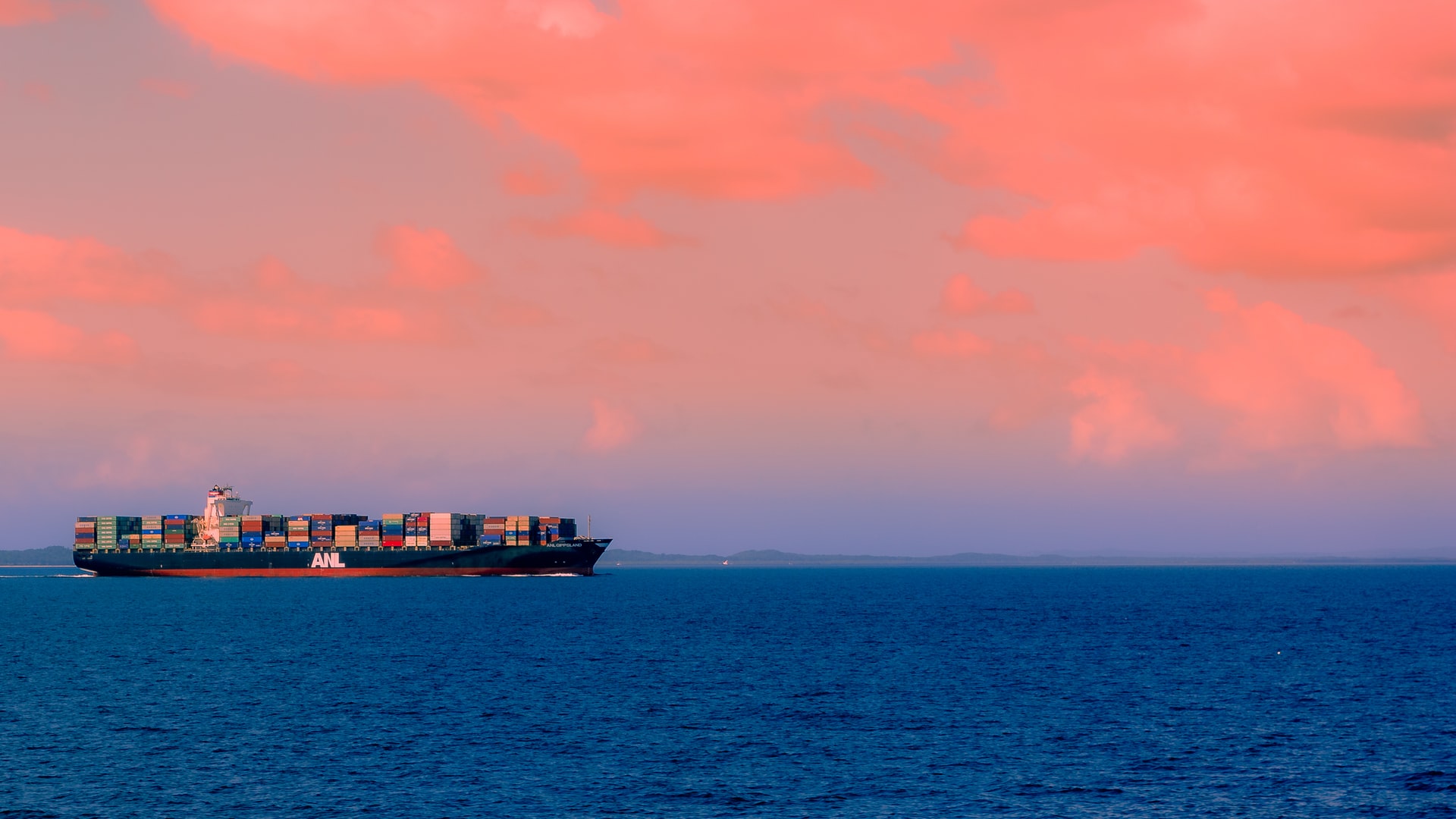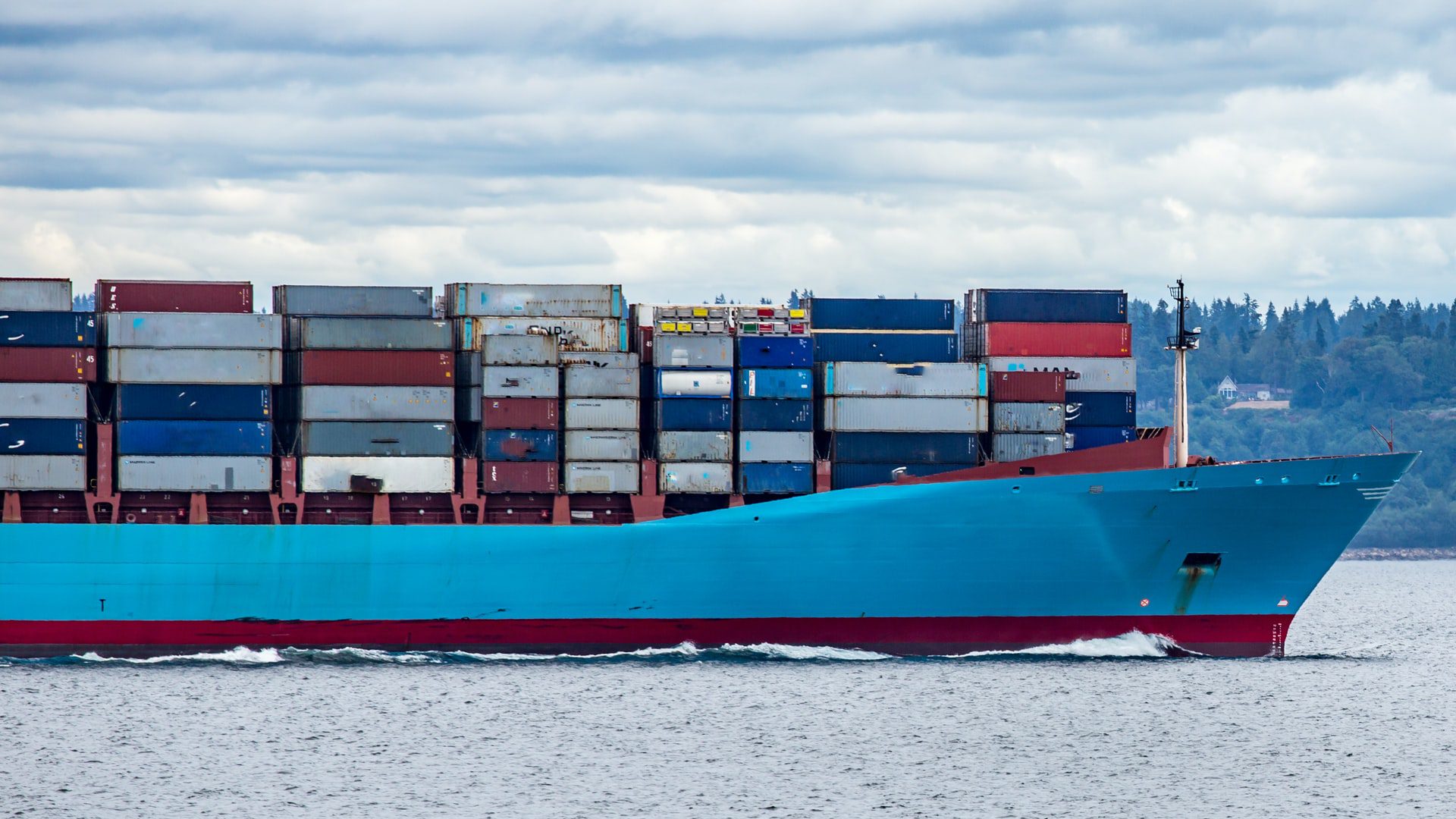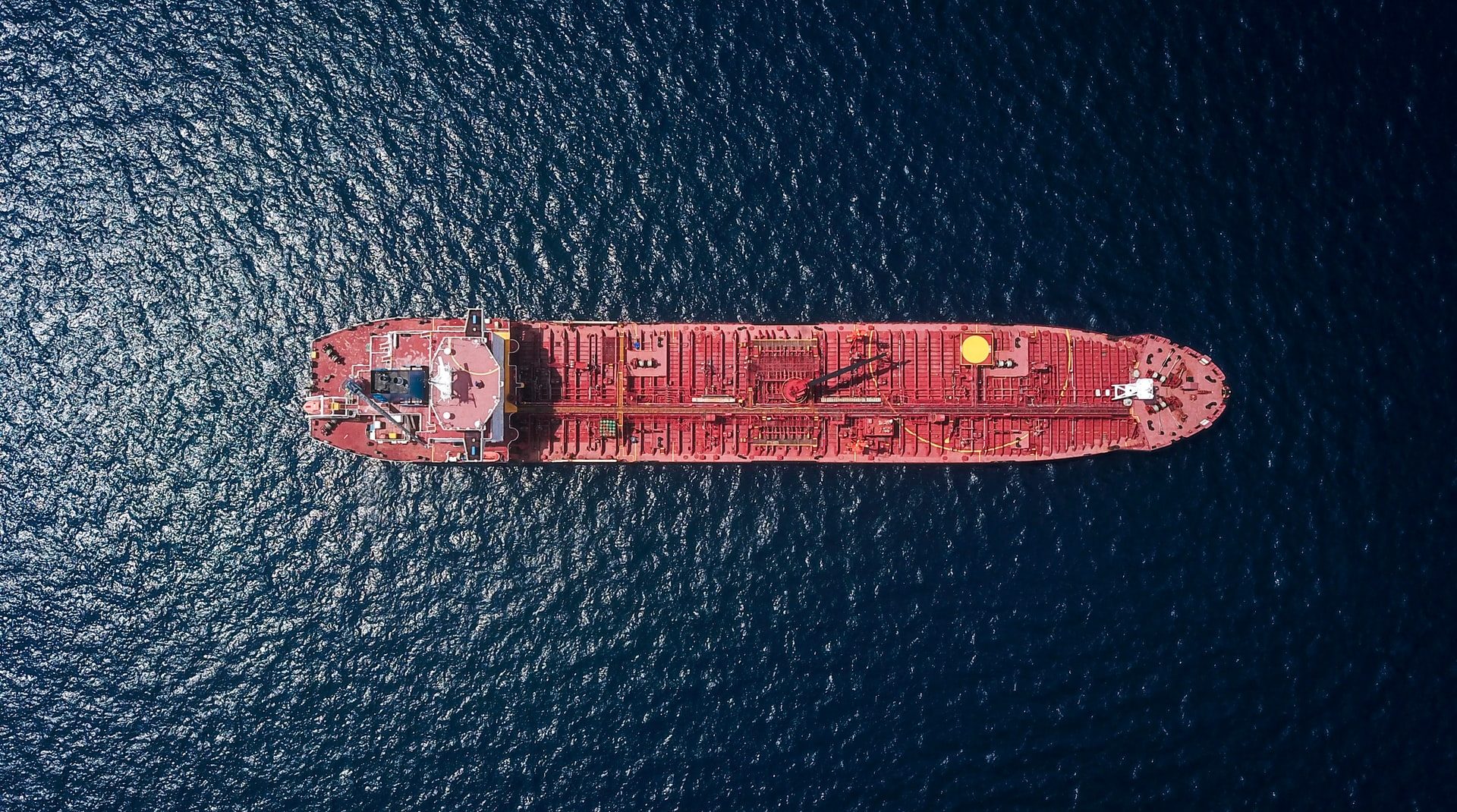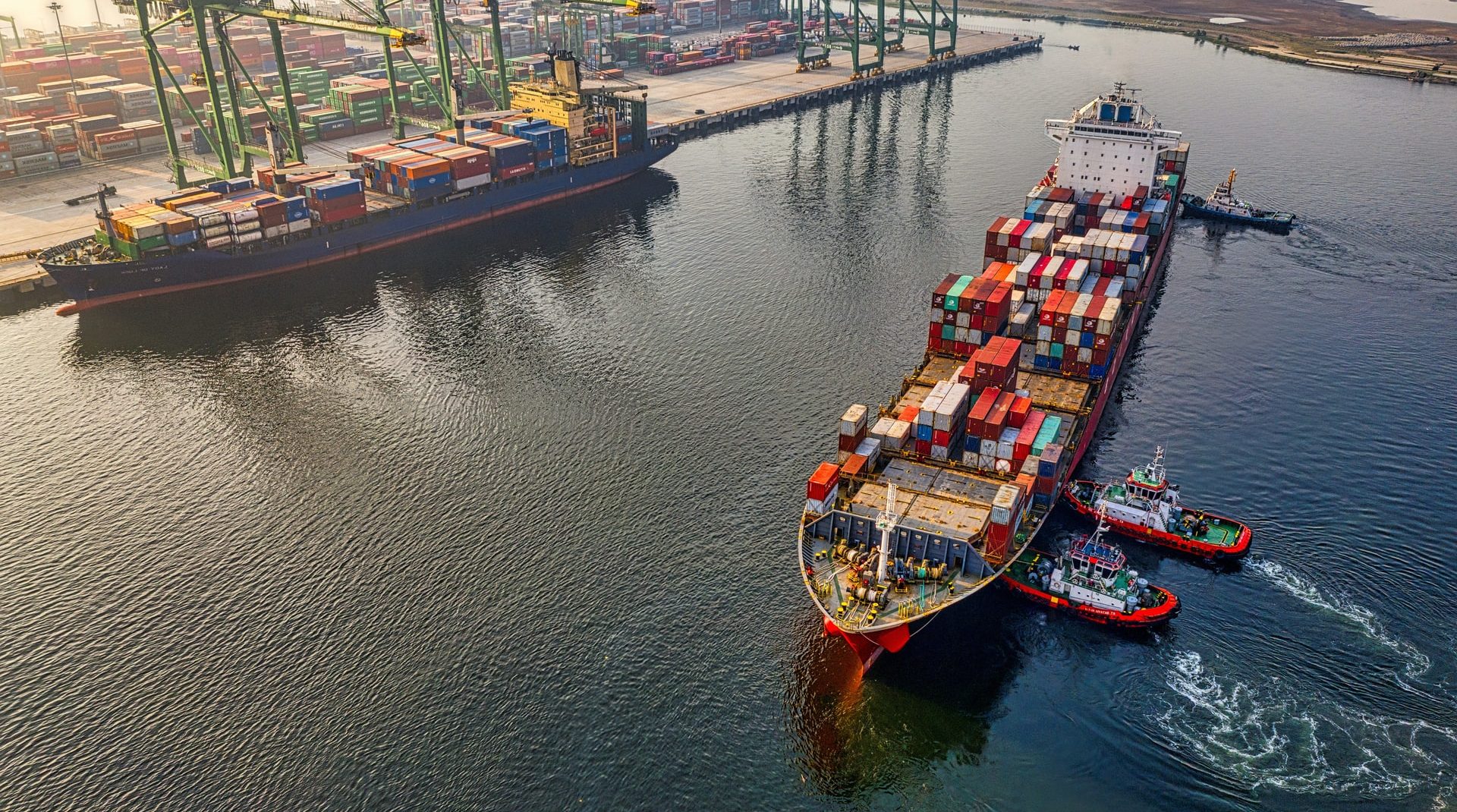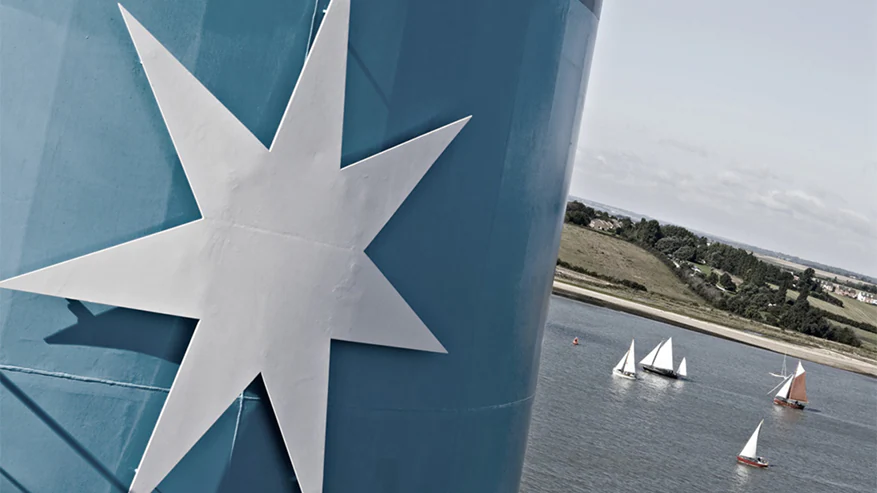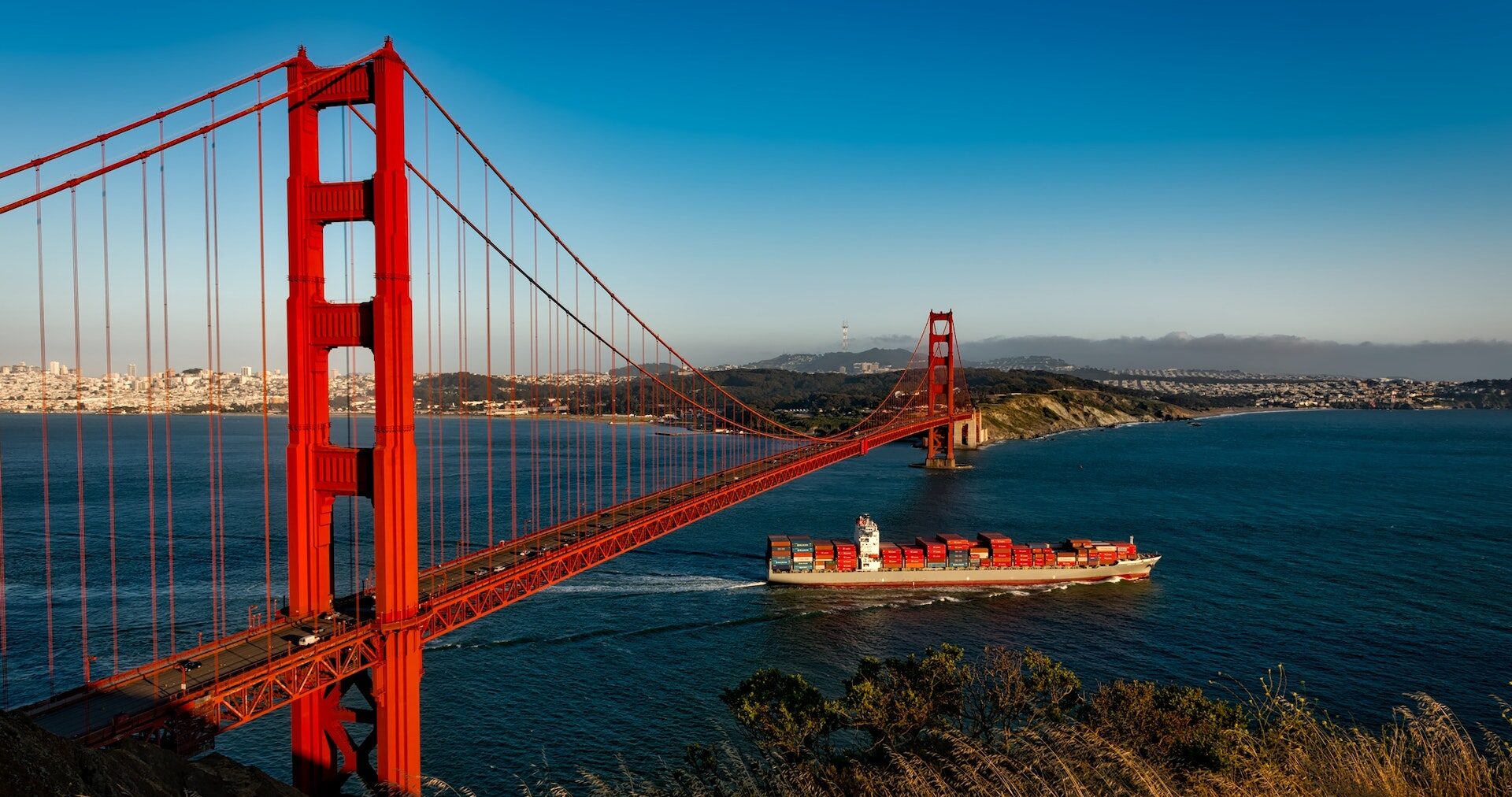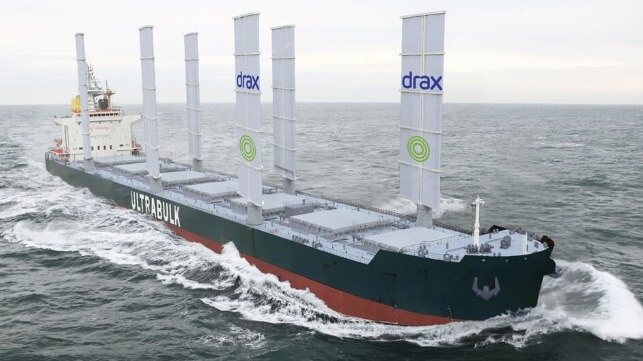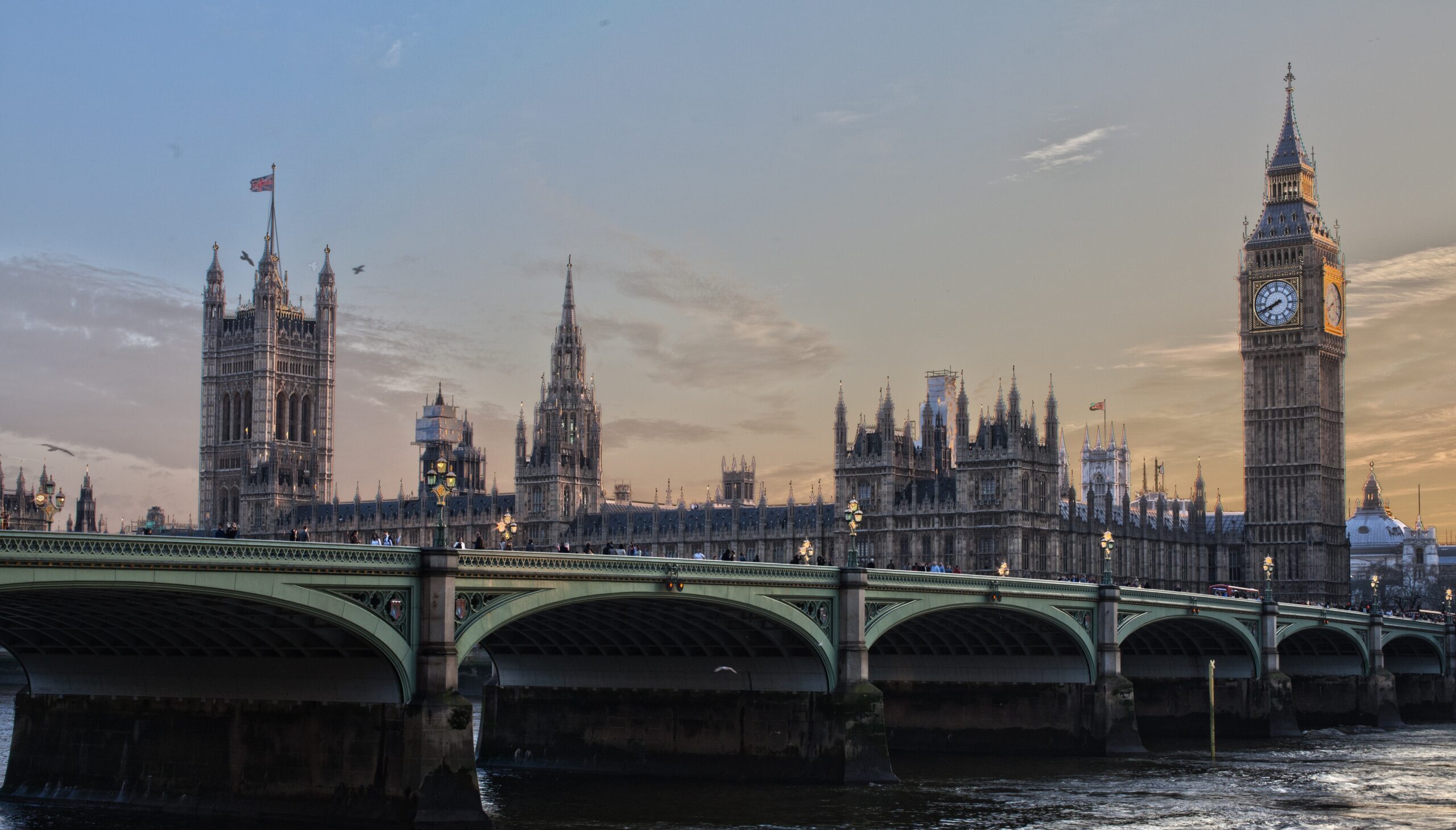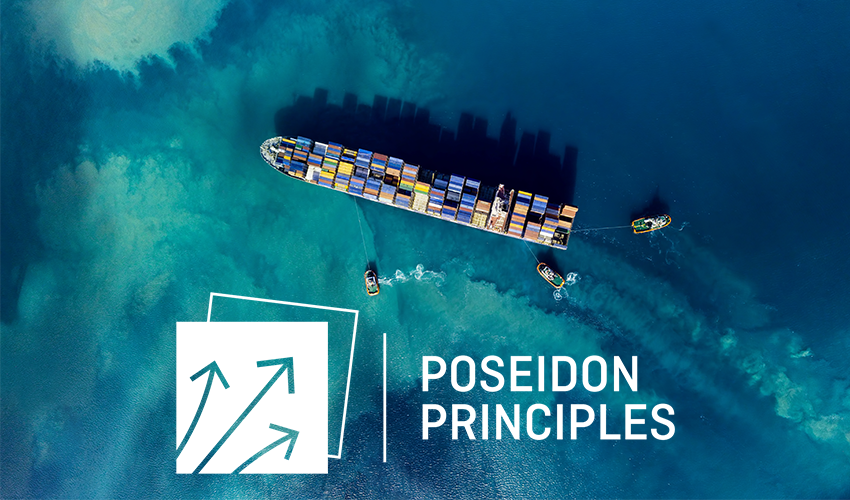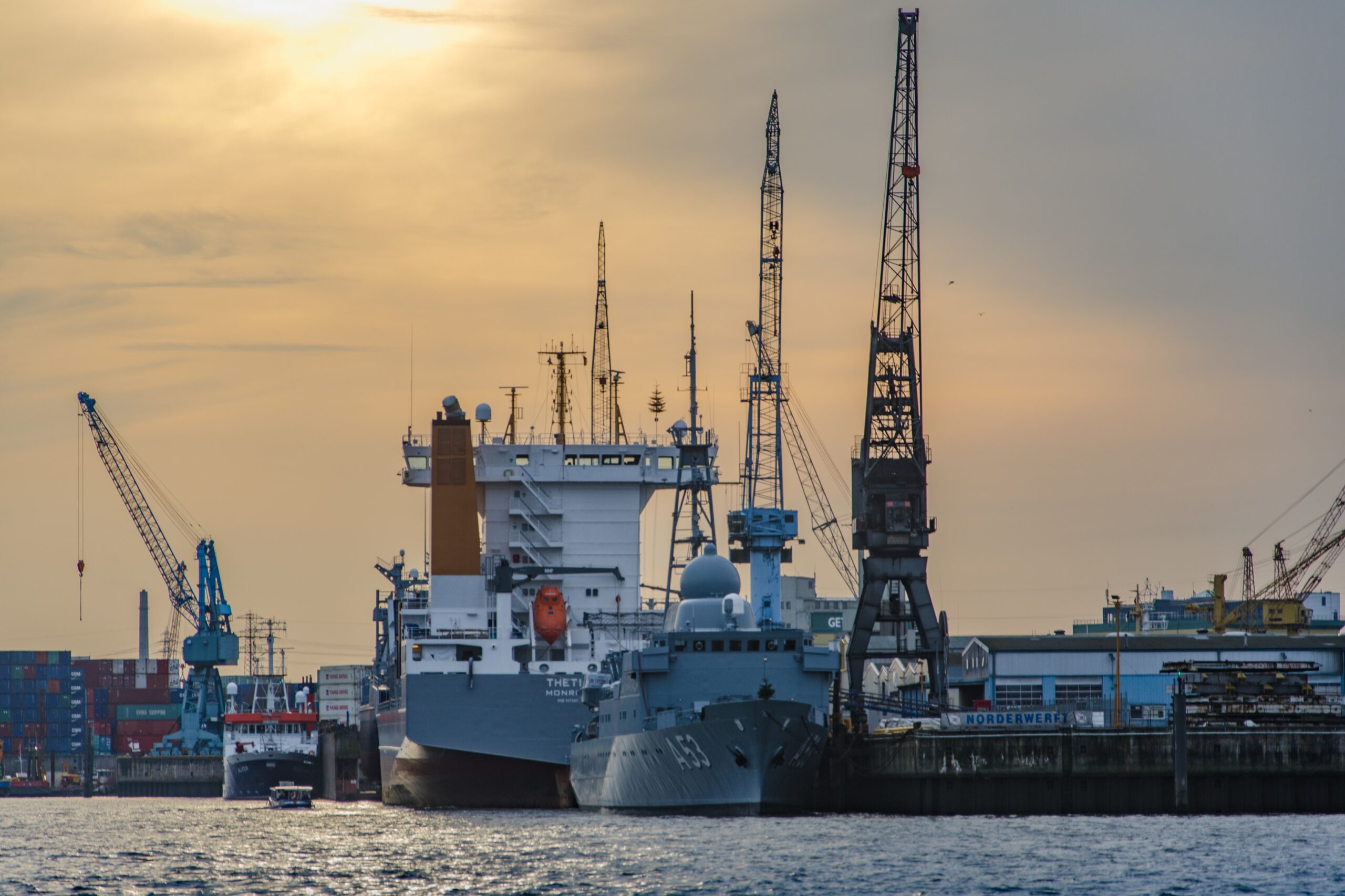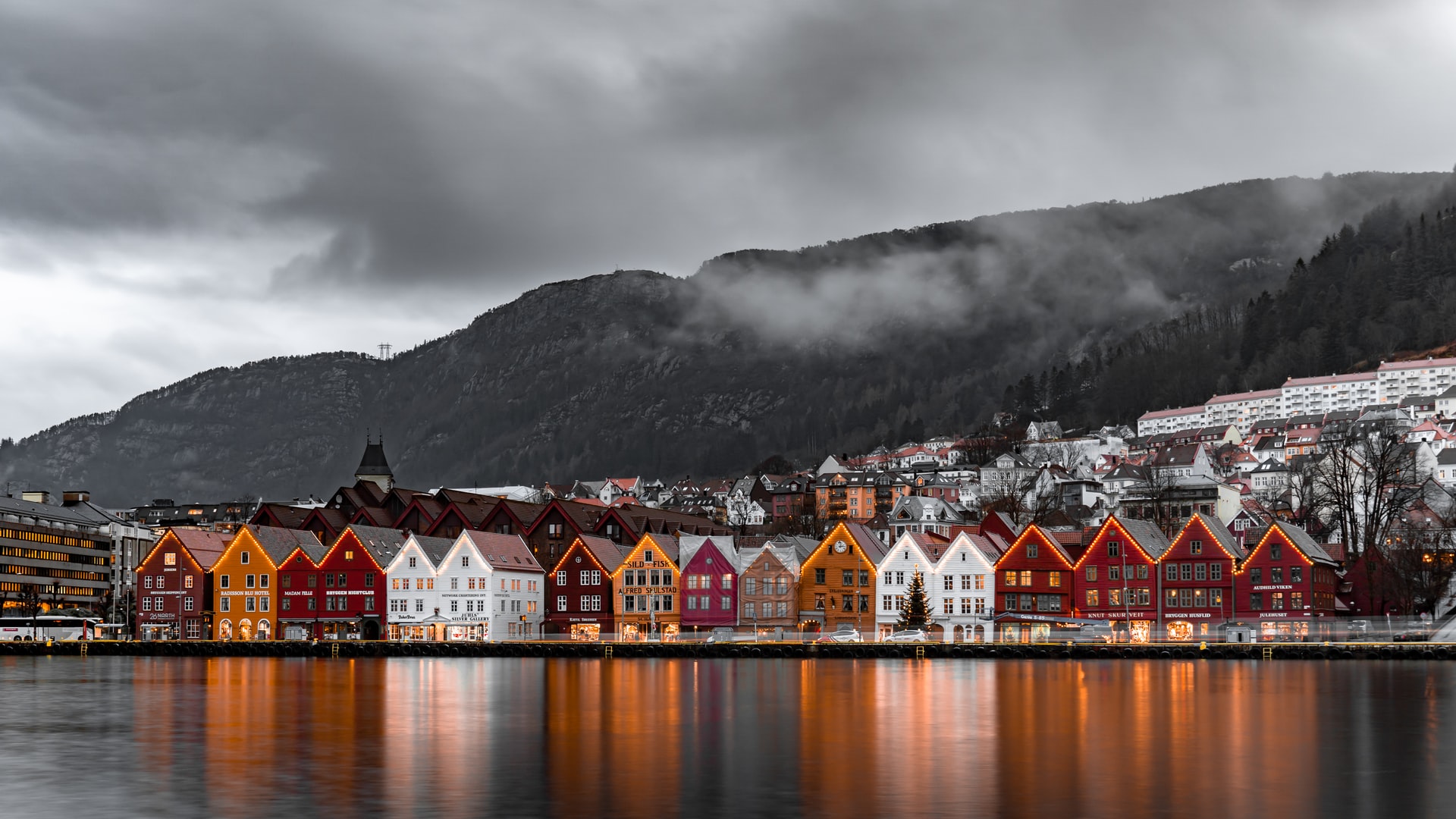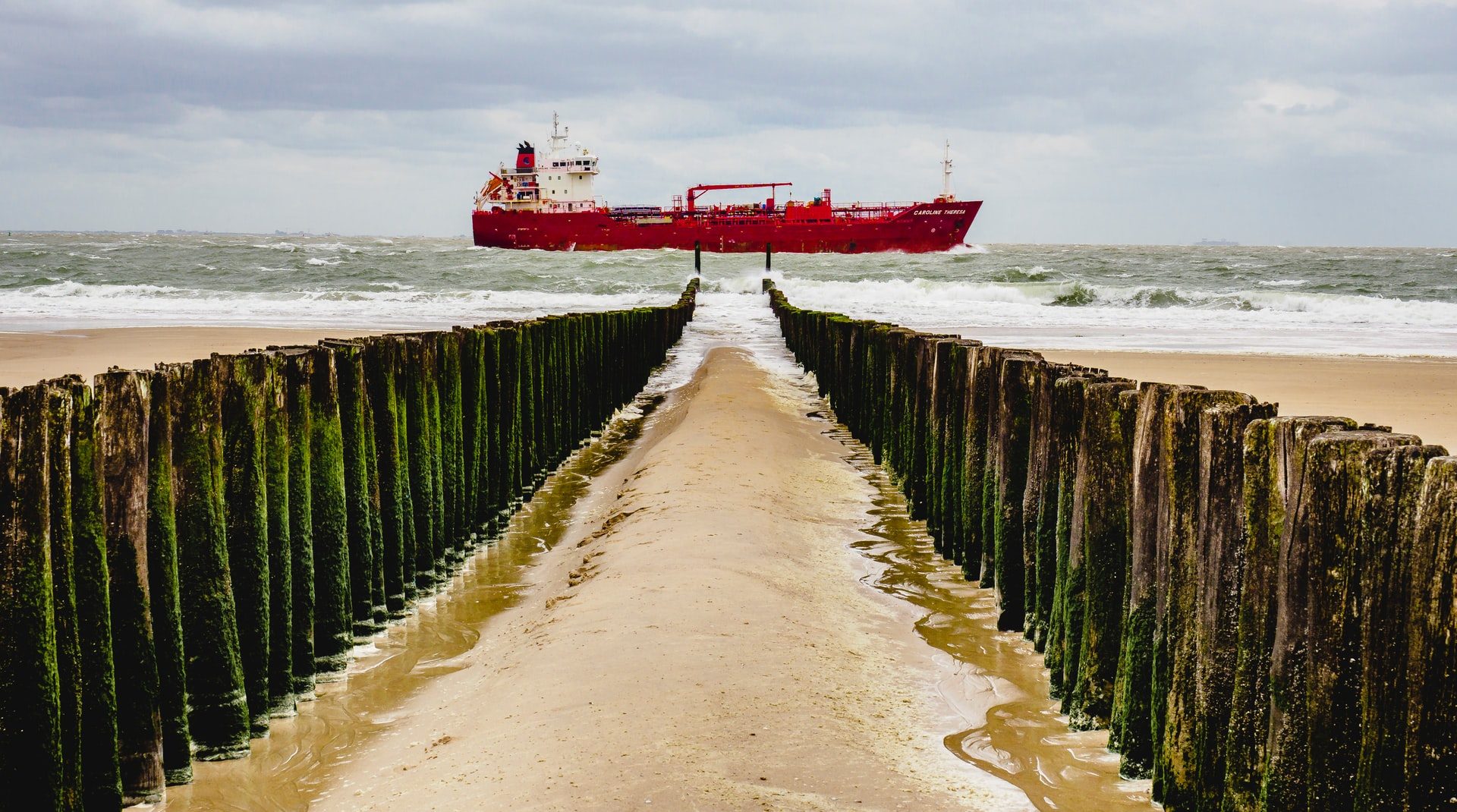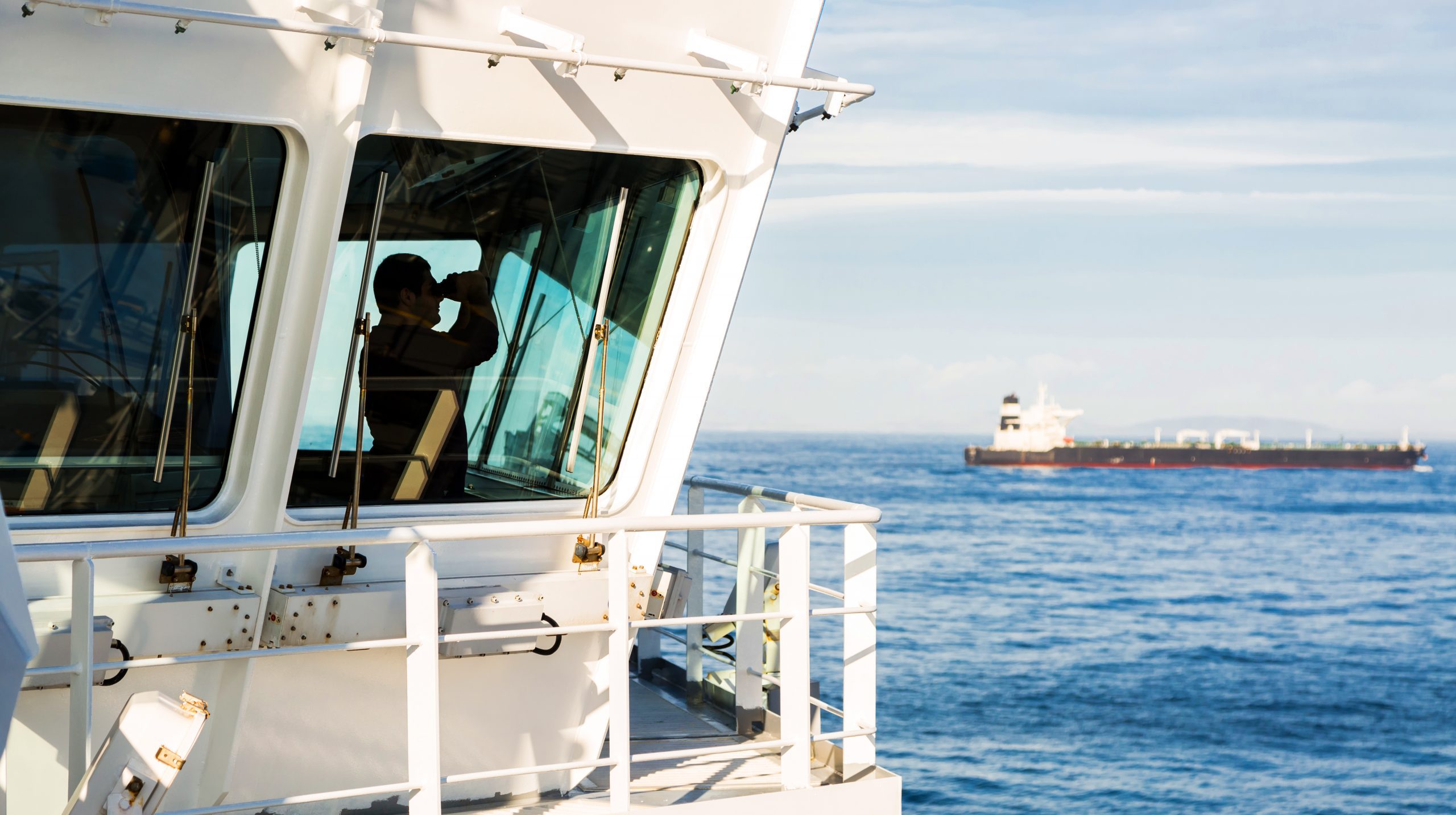The 2030 Breakthrough
Zero emission fuels make up 5% of international shipping’s energy demand. 450,000 seafarers need to be retrained and upskilled. At least 30% of global trade needs to move through climate-adapting ports
Why fuels? Tracking progressWhy fuels?
Shipping transports around 80% of global trade and accounts for 3% of global Greenhouse Gas (GHG) emissions, from the combustion of fossil fuels. Under business as usual, emissions may increase by half by 2050. To set international shipping on an ambitious, zero emission trajectory aligned to 1.5C, the sector must transition away from using fossil fuels with at least 5% of a scalable zero emission fuel by 2030 to enable rapid scaling and mass adoption to achieve around a 90% reduction in GHG emissions by 2040.
However, a truly sustainable path for the maritime sector entails a whole-system approach enabling a just transition and unlocking wider social and resilience benefits.
This helps mobilize commitment and action across all stakeholders for example:
- Energy companies have greater confidence in demand when planning green fuel development projects
- Cargo owners can be mobilized to pay a premium for zero emission fuels on a corresponding percent of their freight
- Investors can quantify the amount of investment needed across the value chain
- Shipping companies can plan investments in new builds and retrofits
- Regulators can be called on to ensure a level playing field is in place to enable the transition
- Opportunities for job creation and job upgrading across the maritime value chain
- Maritime supply chains are resilient to shocks and hazards from climate change continuing to connect communities.
Who’s tracking our overall progress?
The second report tracking progress and climate action in the shipping sector was published in September 2022 by UMAS and the UN Climate Change High-Level Champions, supported by the Getting to Zero Coalition and funded by Lloyd’s Register.
THE UN CLIMATE CHANGE HIGH-LEVEL CHAMPIONS UMAS GTZ READ THE REPORTFURTHER READING
Discover more about our actions and initiatives, and other ways shipping is racing to net zero
Avoiding greenwashing and defining emission reductions: How a science-based framework could catalyse maritime’s Race to Zero
UMAS Principal Consultant, Jean-Marc Bonello explains what impact a science-based framework will have on the sector’s Race to Zero.
READ MORE“If Green Corridors succeed, in 2030 zero-emission shipping will be a commercially viable option anywhere”
Green Corridors are specific shipping routes where the feasibility of zero-emission shipping is catalyzed by a combination of public and private actions. Jesse Fahnestock, Head of Research and Analysis at the Global Maritime Forum, explains why Green Corridors are fundamental to Shipping’s Race to Zero.
READ MOREMaritime sector and green hydrogen leaders agree on ambitious targets and collaboration to reach zero emissions global shipping by 2050
Ten organizations signed the Joint Statement on Green Hydrogen and Green Shipping, committing to rapid adoption of green hydrogen-based fuels this decade to get on track for full decarbonization of the shipping sector by 2050, and calling on policymakers to help achieve the ambitious targets.
READ MOREThe Maritime Resilience Breakthroughs: A consolidated action agenda to future proof the sector
Accelerating the pace and scale of the resilience transition for the maritime sector will require a consolidated action agenda. This is the objective of the Maritime Resilience Breakthroughs, launched at COP27
READ MORE




